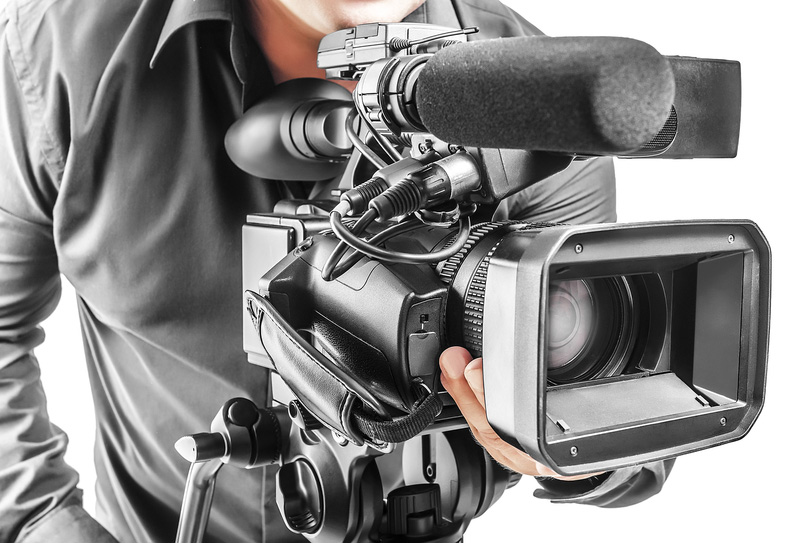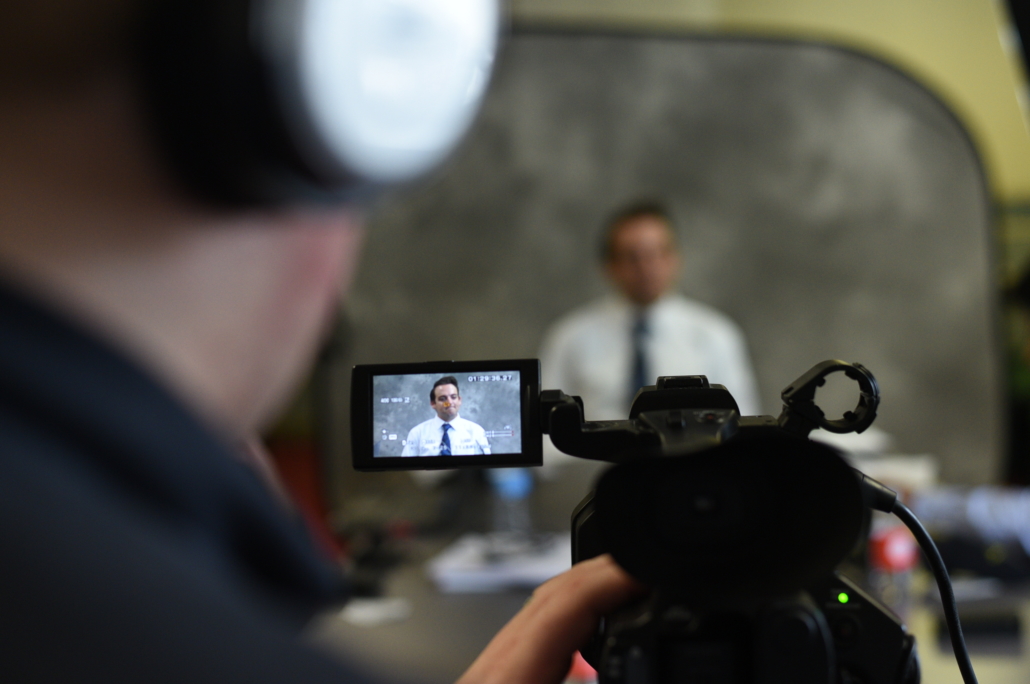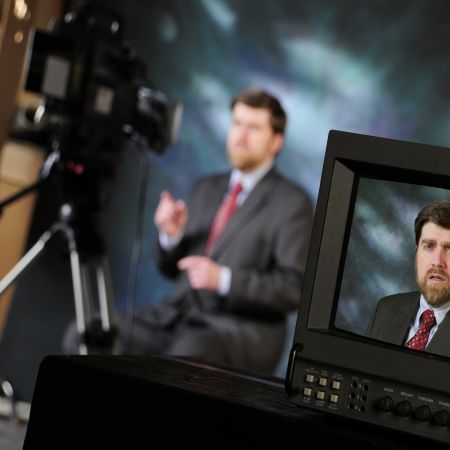The Duty of Legal Videography in Modern Legal Proceedings
The Duty of Legal Videography in Modern Legal Proceedings
Blog Article
Exploring the Mechanisms of Legal Videography: Unveiling Its Operation in Safeguarding Authentic Visual Testimony for Judicial Proceedings
In the realm of judicial proceedings, the duty of lawful videography stands as a foundation in preserving and providing aesthetic proof. As modern technology remains to breakthrough, the devices behind legal videography have actually come to be progressively elaborate, supplying an essential layer of authenticity to testaments caught on video clip. By diving right into the functional details of legal videography, one can uncover the thorough procedures that protect the honesty of aesthetic evidence provided in court rooms - Legal Videography. This expedition not just clarifies the historical advancement of lawful videography but also means the future trends that might further revolutionize just how visual testaments are supported in the world of justice.
Historic Development of Lawful Videography
Taking a look at the historic progression of lawful videography reveals a considerable makeover in the capturing and discussion of visual evidence within the lawful landscape. In the past, legal procedures greatly relied upon composed photographs and records to record events and supply proof. However, with the advent of video innovation, the lawful industry saw a standard change in how aesthetic testament was recorded and presented.
The advancement of legal videography can be traced back to the late 20th century when advancements in video clip recording tools made it extra available for use in court rooms. This technological development not only enhanced the accuracy and integrity of aesthetic proof however likewise reinvented the method instances existed to judges and courts (Legal Videography). Lawyers began to identify the influential power of video recordings in conveying emotions, nuances, and non-verbal cues that composed photos or transcripts alone could not capture efficiently

Technology Innovations in Video Paperwork
What crucial technical advancements have transformed video documentation in the legal area? The lawful area has actually seen considerable developments in video paperwork modern technology that have actually boosted the authenticity and reliability of visual proof in judicial procedures. One of the key developments is high-definition (HD) video clip recording abilities, which supply crystal-clear photos and sharp information that are important for precisely capturing testimonies, faces, and other aesthetic hints. Additionally, the integration of timestamping and metadata features in video documents devices has actually enabled exact documentation of when and where the video was recorded, ensuring the honesty of the proof provided in court.
Moreover, improvements in video file encryption and watermarking technologies have boosted the safety and security and tamper-proof nature of video clip evidence, securing it versus unapproved alterations or meddling. The introduction of cloud storage space remedies and remote gain access to abilities has structured the storage space, access, and sharing of video proof, promoting seamless collaboration amongst legal experts and making sure reliable accessibility to critical aesthetic testaments when required. These technical advancements in video clip documents have actually undoubtedly transformed the lawful field, improving the accuracy, credibility, and admissibility of visual proof in judicial process.
Role of Lawful Videographers in Courtroom Setups
The evolution of video documentation technology in the legal area has actually required an important role for lawful videographers in court settings, ensuring the stability and dependability of visual testimonies offered during judicial process. Lawful videographers play an essential have a peek at this site duty in catching and preserving precise visual proof that can be critical in lawsuit. Their obligation encompasses establishing equipment, videotaping procedures, and generating premium videos that properly show the occasions in the courtroom.
In court settings, lawful videographers must stick to strict standards and criteria to maintain the authenticity of the aesthetic record. They should possess a keen eye for information and an extensive understanding of legal procedures to make sure that the Related Site footage they catch is a real depiction of the events that took place. In addition, legal videographers commonly work closely with legal groups to make certain that the video evidence straightens with the instance's requirements and can be properly presented in court to sustain the legal arguments being made. Generally, the duty of legal videographers in court setups is indispensable in maintaining the concepts of justice and making sure the transparency of legal procedures.

Ensuring Admissibility and Stability of Video Clip Proof
To maintain the integrity of visual evidence presented in legal process, ensuring the admissibility and stability of video clip evidence is an essential duty for legal videographers. Admissibility refers to the acceptance of evidence by the court, and for video proof to be permissible, it must meet certain requirements. Lawful videographers play a critical role in guaranteeing that the video clips they capture conform with the policies of proof, such as reliability, authenticity, and relevance.
Stability of video clip proof includes preserving the originality and accuracy of the footage from the time it is recorded till it is provided in court. This consists of firmly saving the video clip data, documenting the chain of wardship, and avoiding any tampering or changes. Lawful videographers should follow strict protocols to assure the stability of the video clip proof and protect against any type of difficulties to its authenticity.
Future Trends in Legal Videography
Provided the increasing reliance on innovation in lawful process, legal videographers are poised to welcome cutting-edge innovations forming the future of visual testimony capture and discussion. Among the popular trends coming up is the combination of digital fact (VR) and augmented fact (AR) innovations right into lawful videography. These innovations have the potential to change exactly how aesthetic evidence is presented in courts, allowing juries and courts to immerse themselves in the scene of the criminal activity or occurrence.
Furthermore, making use of man-made intelligence (AI) algorithms for video analysis is expected to simplify the procedure of reviewing and analyzing big amounts of video footage. AI can aid in identifying crucial moments, abnormalities, and patterns within video clips, enhancing the performance of legal examinations.

Conclusion
Finally, legal videography has actually played an essential role in offering genuine aesthetic evidence for judicial procedures. Through technical advancements and the expertise of legal videographers, the why not try these out honesty and admissibility of video proof are ensured in court setups. As legal videography remains to evolve, it will be necessary to support requirements that keep the accuracy and integrity of visual testament for the future of lawful procedures.
Checking out the historical development of lawful videography reveals a considerable makeover in the capturing and discussion of aesthetic evidence within the legal landscape.The development of video clip documentation modern technology in the lawful field has required a critical function for legal videographers in court setups, making certain the honesty and integrity of visual testaments offered throughout judicial proceedings. In addition, legal videographers typically function carefully with legal teams to make certain that the video proof straightens with the instance's needs and can be effectively provided in court to support the legal disagreements being made.To preserve the integrity of aesthetic proof provided in legal procedures, guaranteeing the admissibility and stability of video clip proof is an essential duty for lawful videographers. As legal videography continues to advance, it will be crucial to maintain criteria that preserve the accuracy and reliability of visual testament for the future of lawful procedures.
Report this page